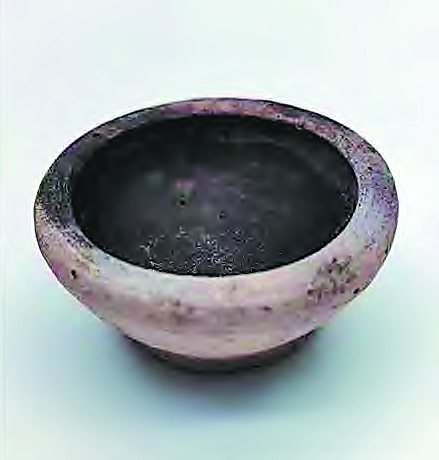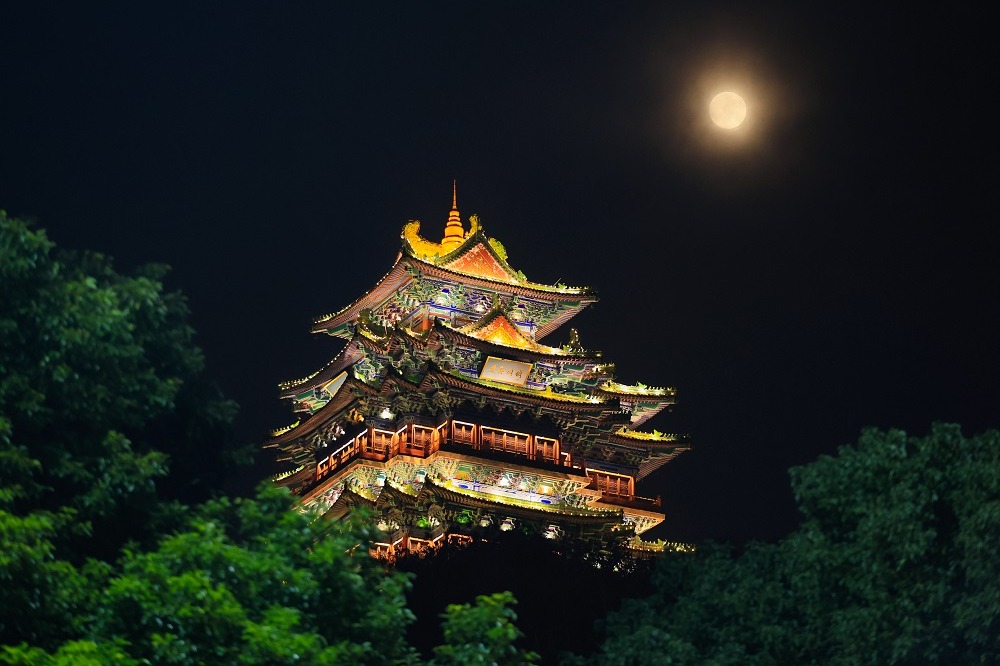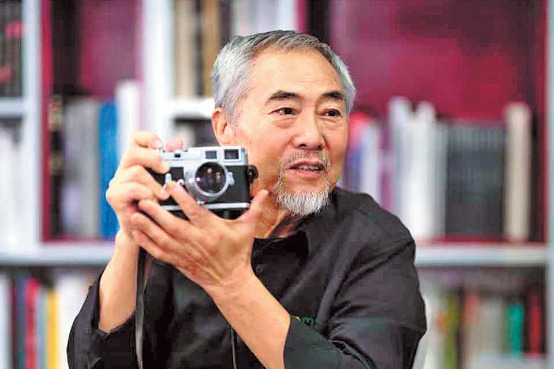Ancient find reveals secrets of lamp fuels


A 600-year-old porcelain lamp unearthed in 2021 in Shanxi province has turned the spotlight on the technical skills and cultural practices of that era, when people blended fuels to keep their oil lamps burning long, clean and bright.
Retrieved from a tomb in Shanxi's Nantou village, the tiny bowl-shaped lamp dates back to the Ming Dynasty (1368-1644). Using high-sensitivity techniques, researchers discovered traces of fuel in the lamp — a surprising blend of linseed oil, mutton tallow and beeswax — that offered a rare peek into the everyday lives of people back then. Most excavated lamps have yielded little or no residue at all, making this find exceptionally rare.
According to Wang Keqing, a doctor and associate researcher at the National Museum of China's Institute of Conservation in Beijing, there could be three reasons why a blend of fuels was used. The combination could have produced a bright flame with a pleasant aroma and relatively less smoke; the user may have been trying to reduce lamp oil consumption, or the fuels could have been used separately during different periods.
The presence of beeswax points to the possible desire for fragrance and less smoke. It likely made the fuel less prone to rancidity. The vegetable oil helped the flame burn brighter.
Wang said these fuels were probably used together to light the lamp, which was then placed in the tomb during the burial ceremony. However, it could also be that different fuels were used to light the lamp at different times and the lamp was a personal possession of the deceased, which is why it was interred with them as part of a ritual.
"The burial custom reflects ancient beliefs regarding life and death, and the anticipation of a good afterlife," she said, adding that the co-existence of the fuels also indicates that during the Ming Dynasty, people in northern Shanxi had access to a variety of materials and knew how to use them wisely.
Li Gang, vice-president of Xinzhou Institute of Cultural Relics and Archaeology, noted that the ritual of lighting lamps for the deceased continues in modern China as a form of ancestor worship.
"Although the lamp inevitably extinguishes once the tomb is sealed due to lack of oxygen, the act itself symbolizes a desire to illuminate the path for the departed," he said, adding that the tomb occupant was probably not a high-ranking official but rather an affluent commoner. The use of mixed fuels further demonstrates that ancient lamps and their fuels were not standardized but were products of ingenuity and practical adaptation.
The lamp's fuels also shed light on a broader historical pattern. Early lamps primarily used animal fats. Use of beeswax started during the Han Dynasty (206 BC-AD 220), and the practice became popular among elites. As the belief that smoke from tallow harmed eyesight and health grew, new burning methods developed. The cultivation of white-wax insects for candle production expanded between the 10th and 14th centuries, and during the Ming Dynasty, blends of vegetable oils and wax were primarily used to burn lamps.
The findings about the Shanxi lamp were published in the journal Sciences of Conservation and Archaeology as a joint research project between the National Museum of China and the Xinzhou Institute of Cultural Relics and Archaeology.
Wang, from the National Museum of China's Institute of Conservation, emphasized that high-sensitivity techniques allowed researchers to study the lamp without damaging the fragile relic. "The residue was stuck to the lamp, making it difficult to extract samples without damaging the relic. However, even the traces gave us important information about fuel types and usage."
She highlighted the ongoing research into lighting fuels from lamps excavated across different periods, regions and social hierarchies. "When a sufficiently large number of samples have been analyzed, it may be possible to construct a comprehensive evolutionary map of lighting fuels," she said.
From the faint carbon traces clinging to a 600-year-old lamp, researchers have thrown light on centuries of technological experimentation and cultural practices. The discovery underscores how something as simple as a household flame can tell so much about technical skills, rituals and beliefs about life and the afterlife.
Contact the writers at chenmeiling@chinadaily.com.cn
- Vibrant China during holiday: Strong consumption vitality
- Northern Shaanxi's soul cut in paper
- Vision of dancing beyond the desert with dreams pays off
- Stories of the times and humanity told through a lens
- Chinese Generation Z youth break traditions with honest talk on death
- Breaking silence: Reconciliation with end of life






































